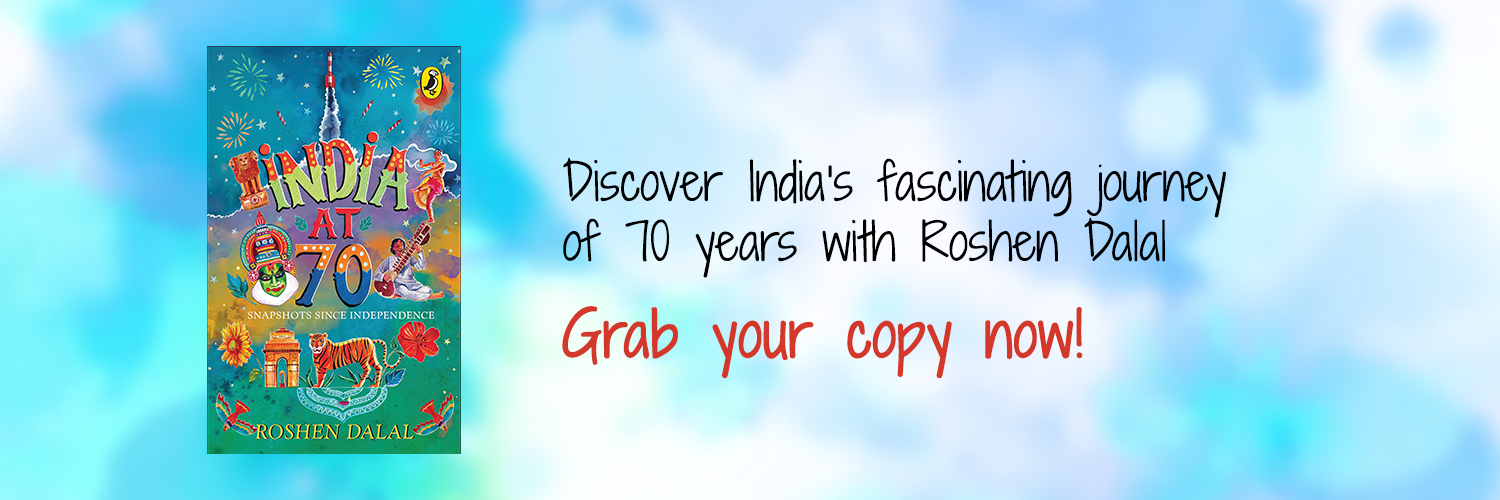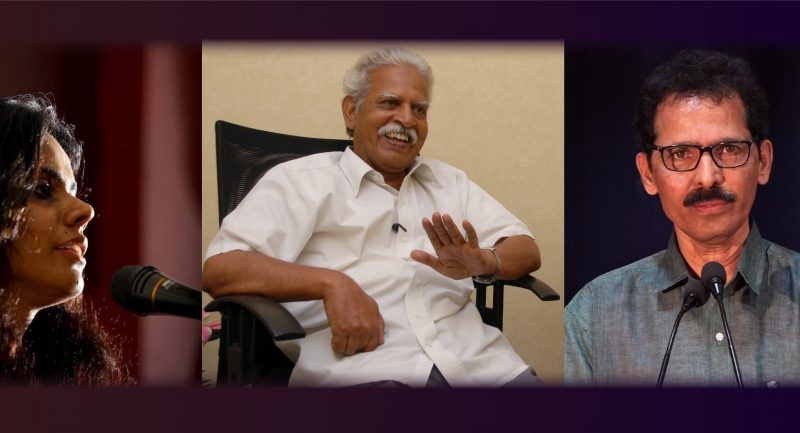In 2017, India’s spacecraft Mangalyaan is orbiting Mars, satellites are regularly sent into space, the economy is growing rapidly and India’s diverse art and culture is appreciated globally. And, most importantly, India is the largest democracy in the world.
The story of India as an independent nation began seventy years ago, in 1947, when the country gained independence after almost 200 years of British rule. For the first time, India became a united political entity, a nation with clearly defined boundaries. What type of country would the new India be? Would it remain united and strong?
At this time, the territory known as India consisted of eleven British provinces and some additional areas directly under British rule as well as 565 Indian states (also called princely states) where the British had overall control. The Muslim League, led by Muhammad Ali Jinnah, wanted a separate state of Pakistan, and finally it was decided that this demand would be granted. On 14 and 15 August 1947, two new nations were created, but the boundary lines between them were known only on 17 August. Pakistan was in two parts; West Pakistan was formed in the western half of Punjab while East Pakistan was created from the province of Bengal. As the lines for dividing the area were drawn on a map, districts, canals and even villages were divided.
This partition of one country into two created many problems. In the west, 10 million migrated across the new borders, and as anger arose between Muslims on one side and Hindus and Sikhs on the other, about 1 million were killed. There were other issues too, as the entire administration and all its possessions—including tables, chairs, books, musical instruments, cars, pencils and pens as well as the army, police, railways, postal services, money and other items—had to be divided.
The process of integrating the different states to form one India began before Independence. While some of the states were in the region of Pakistan, 554 states were in Indian territory. These states had different kinds of rulers. Some controlled huge areas and had vast quantities of wealth, land, buildings, money, gold, jewels, cars and elephants; others had small territories of just a few square kilometres. There were actually 425 small states. By 31 July, two types of agreements had been worked out for the Indian states to sign, by which they agreed to join India and give up some of their powers. At the time of Independence, the Constitution of India was being prepared. A constitution consists of the rules and ideas according to which a nation is governed. The Constituent Assembly, a group of people who would discuss and write India’s constitution, first met on 9 December 1946. The Constitution was ready by the end of 1949, after which India became a republic in 1950. Two years later, the first elections were held and India’s Parliament began to function. Thus, though India’s complex history dates back to the Stone Age, the year 1947 brought in great change.
This is an excerpt from the introductory chapter of Roshen Dalal’s ‘India at 70’. Get your copy here today!










